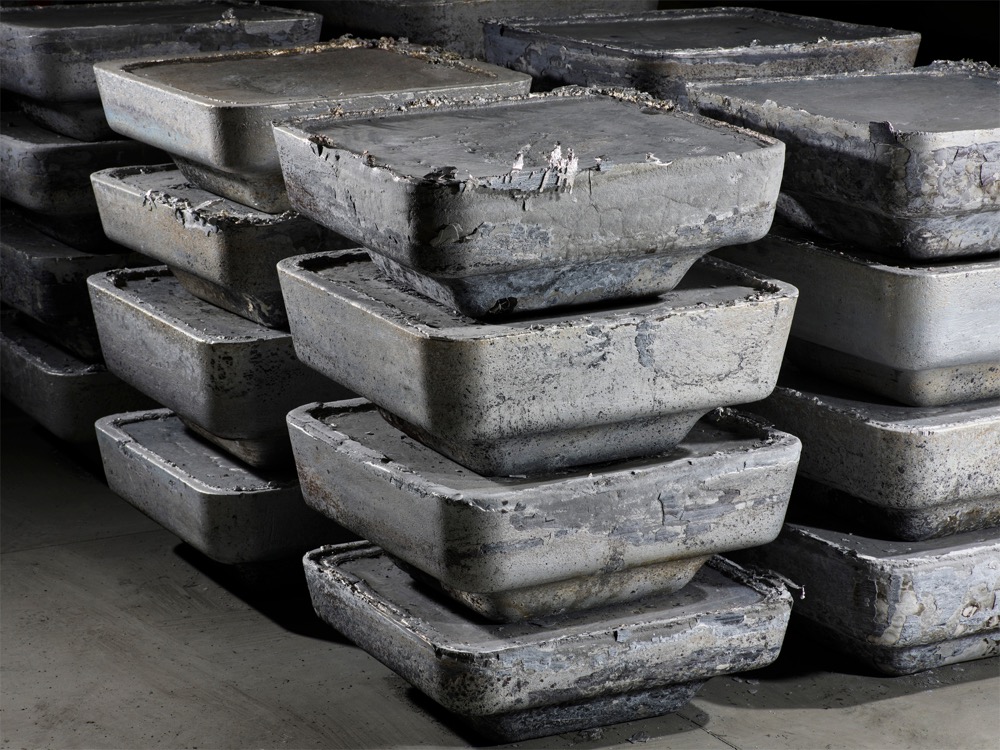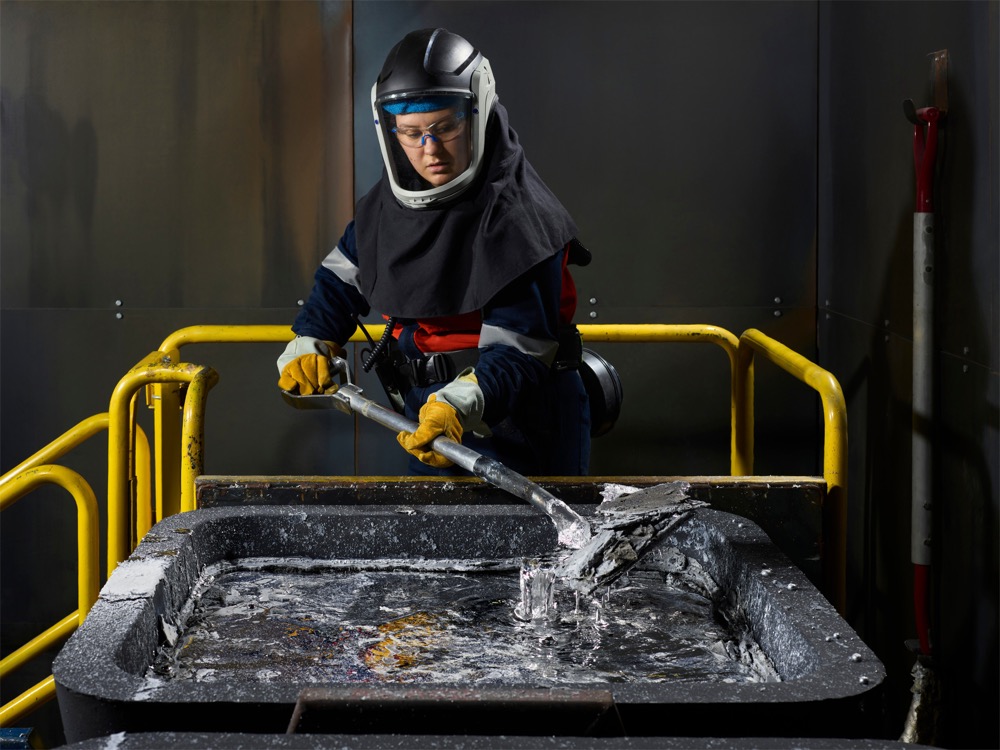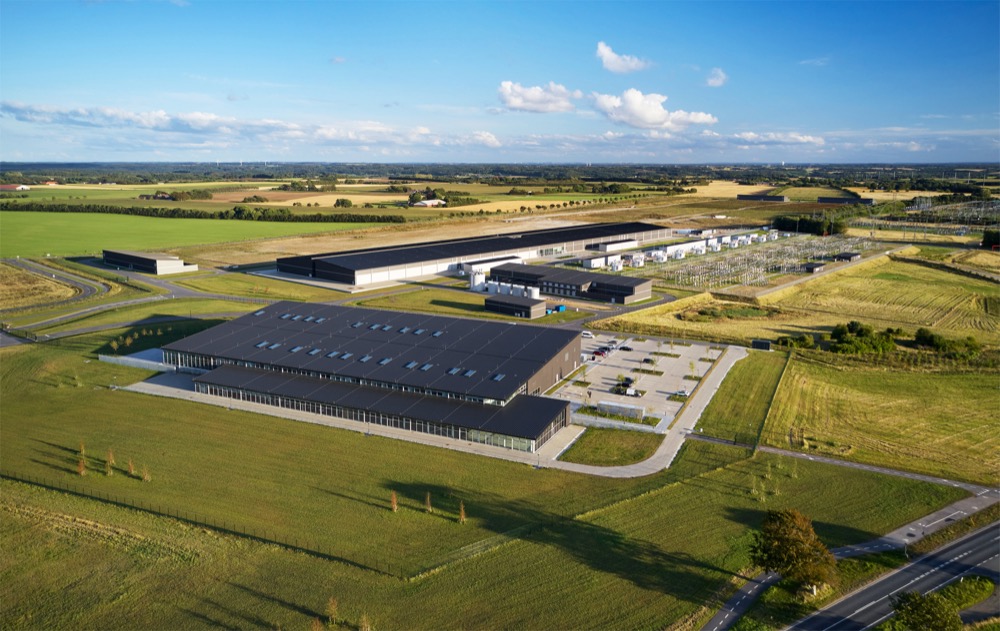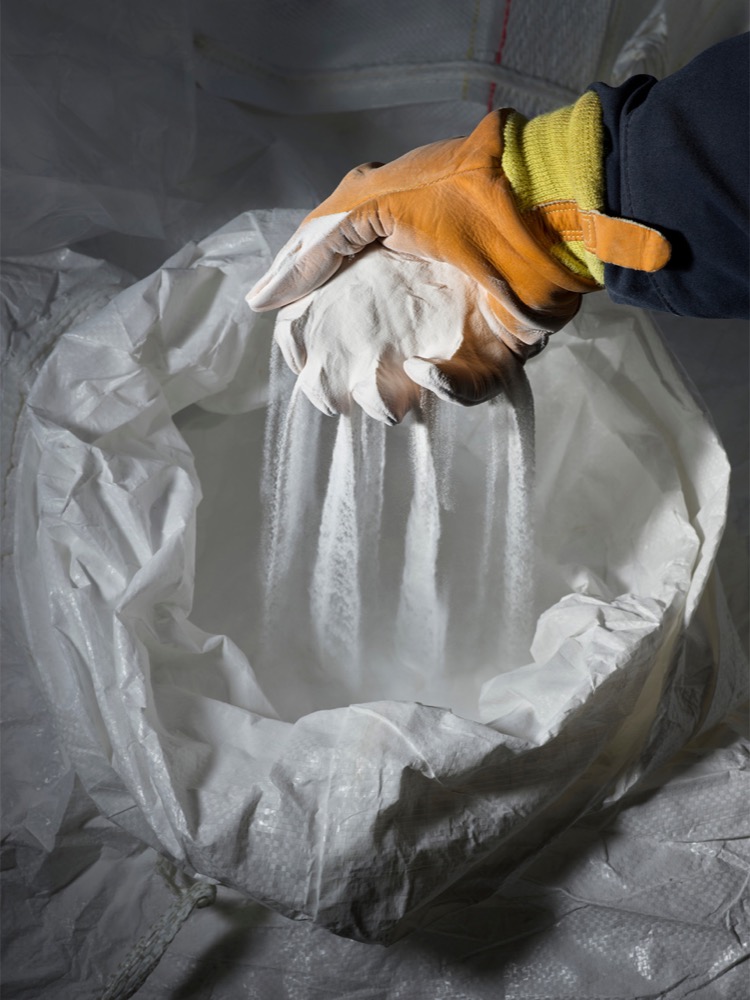Apple’s iPhone SE will use the world’s greenest aluminium

Apple is purchasing low-carbon aluminum from ELYSIS with the intent of using it in the production of the iPhone SE.
Apple has published a report into what its $4.7 billion Green Bonds fund has achieved since 2016. It also confirmed it will use the world’s first commercial-purity low-carbon aluminum from ELYSIS in the iPhone SE.
Apple wants to leave the planet better
Apple’s Green Bond investments are made in innovations to help create low-carbon manufacturing and recycling technologies. The aim is to reduce global emissions and invest in clean power.
“Apple is committed to leaving the planet better than we found it, and our Green Bonds are a key tool to drive our environmental efforts forward,” said Lisa Jackson, Apple’s vice president of Environment, Policy, and Social Initiatives.
“Our investments are advancing the breakthrough technologies needed to reduce the carbon footprint of the materials we use, even as we move to using only recyclable and renewable materials across our products to conserve the earth’s finite resources.”
In total, Apple has issued $4.7 billion to accelerate progress toward the company’s goal to become carbon neutral across its supply chain by 2030.

The iPhone SE will use carbon-free aluminium
As part of this work, Apple will purchase carbon-free aluminum for use in the iPhone SE. This is the first to be manufactured at an industrial scale outside of a lab without creating any direct carbon emissions during the smelting process.
ELYSIS, the company behind the world’s first direct carbon-free aluminum smelting process, announced that it has produced the first commercial-purity primary aluminum at industrial scale for use in Apple products.
The breakthrough technology produces oxygen instead of greenhouse gases, and the achievement marks a major milestone in the production of aluminum, one of the world’s most widely used metals.
Apple will purchase this first batch of commercial-purity, low-carbon aluminum from ELYSIS for intended use in the iPhone SE. The aluminum was produced in Quebec using hydropower.
Apple helped enable this revolutionary advancement in aluminum production through an investment partnership with Alcoa, Rio Tinto, and the governments of Canada and Quebec in 2018. The following year, Apple purchased the first-ever commercial batch of aluminum resulting from the joint venture, using it in the 16-inch MacBook Pro.
“This is the first time aluminum has been produced at this commercial purity, without any greenhouse gas emission and at industrial scale. The sale to Apple confirms the market’s interest in aluminum produced using our breakthrough ELYSIS carbon-free smelting technology. Today’s announcement proves that ELYSIS, a joint venture between Alcoa and Rio Tinto, was able to turn an idea into reality,” said Vincent Christ, ELYSIS’s CEO. “We are excited to be working alongside Apple on this advancement, which has the potential to make lasting changes in how aluminum is produced.”
Toward a closed loop manufacturing system
Apple continues to try to mitigate and reduce the harms of its products.
The switch to recycled aluminum and aluminum smelted using hydroelectricity instead of fossil fuels means Apple’s carbon emissions associated with aluminum have decreased by nearly 70 percent since 2015. Every model in the iPad lineup, including the new iPad Air, along with the latest MacBook Pro, MacBook Air, Mac mini, and Apple Watch, are made with a 100 percent recycled aluminum enclosure.
Expanding investments in green energy
The company has issued three iterations of Green Bond so far, in 2016, 2017 and 2019. The 2019 Green Bond is supporting 50 projects, including the low-carbon aluminum breakthrough. These 50 projects will mitigate or offset 2,883,000 metric tons of CO2e, install nearly 700 megawatts of renewable energy capacity around the world, and promote new recycling research and development.
More than $500 million of the company’s 2019 Green Bond proceeds have been allocated to clean energy projects. This includes the world’s largest onshore wind turbines, which power the company’s data center in Viborg, Denmark.

Over the next year, Apple will expand the Viborg data center’s operations and build new infrastructure to capture excess heat energy for the city’s long-term benefit.
As with its data centers, all Apple offices and retail stores across 44 countries have sourced 100 percent clean energy since 2018, including through Green Bond proceeds.
In 2021, Apple’s 2019 Green Bond helped support its Supplier Clean Energy Program, including allocations to training and resources to help guide suppliers in their transition to clean power, and policy advocacy efforts in Japan, Vietnam, and South Korea. More than 175 manufacturing partners across 24 countries have now committed to using 100 percent renewable energy for Apple production.
Please follow me on Twitter, or join me in the AppleHolic’s bar & grill and Apple Discussions groups on MeWe.





